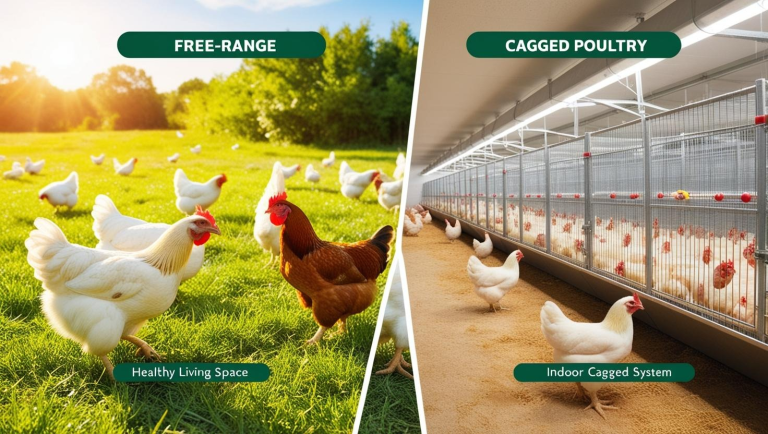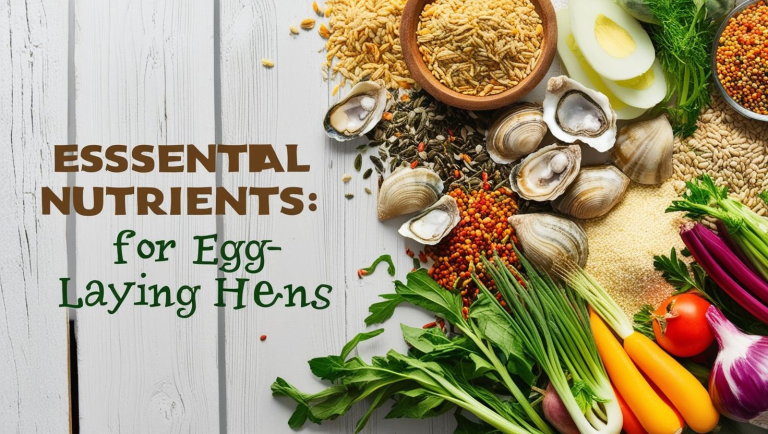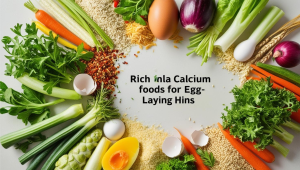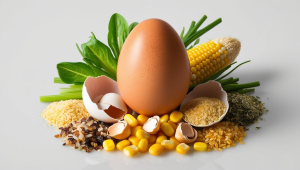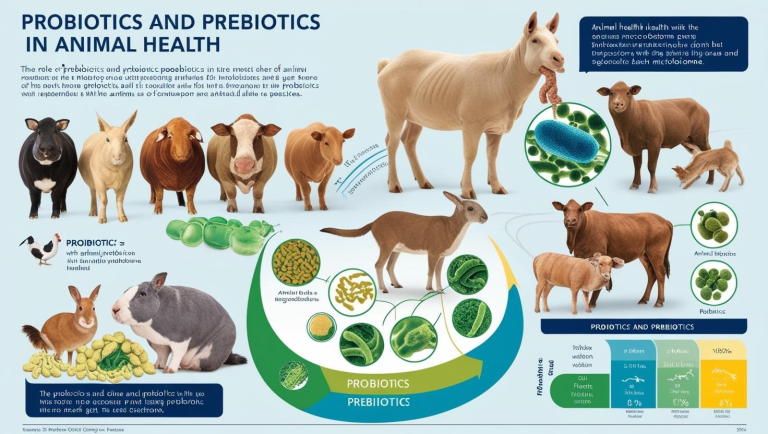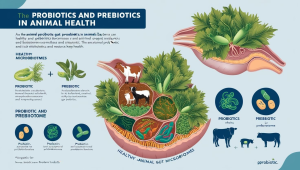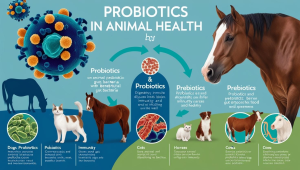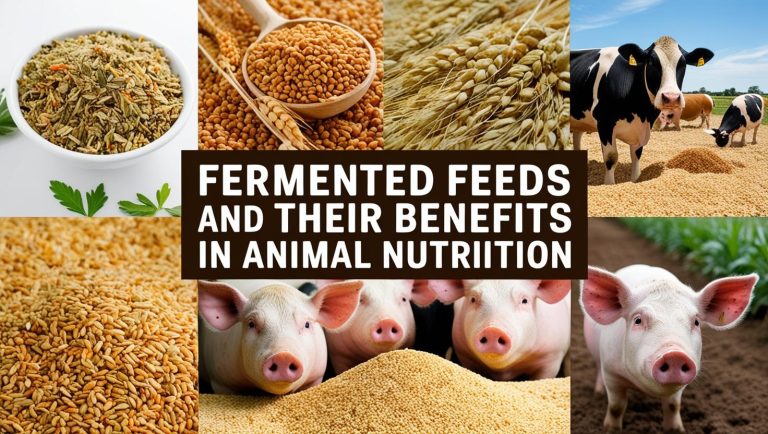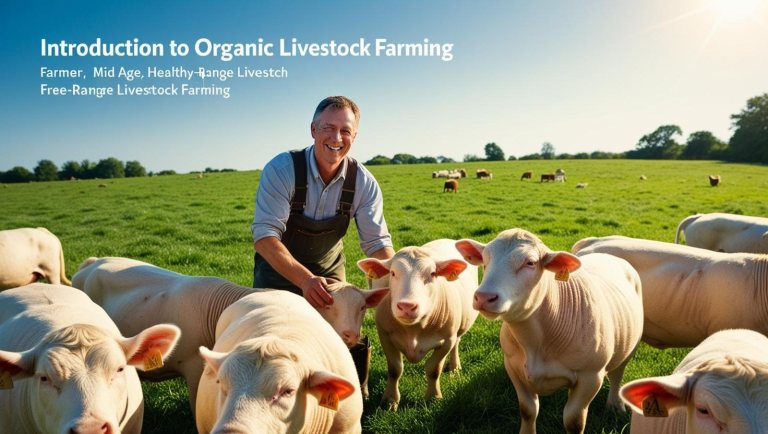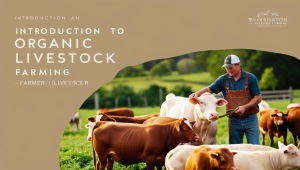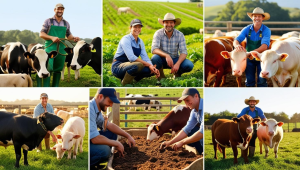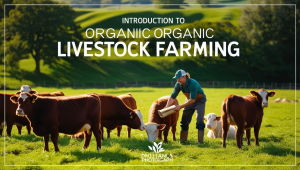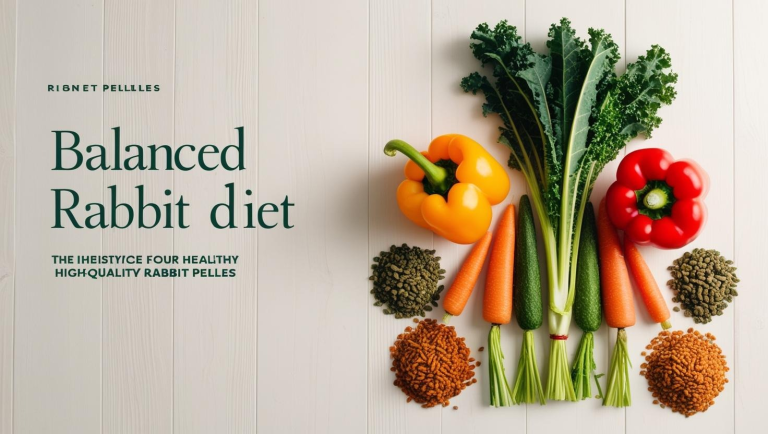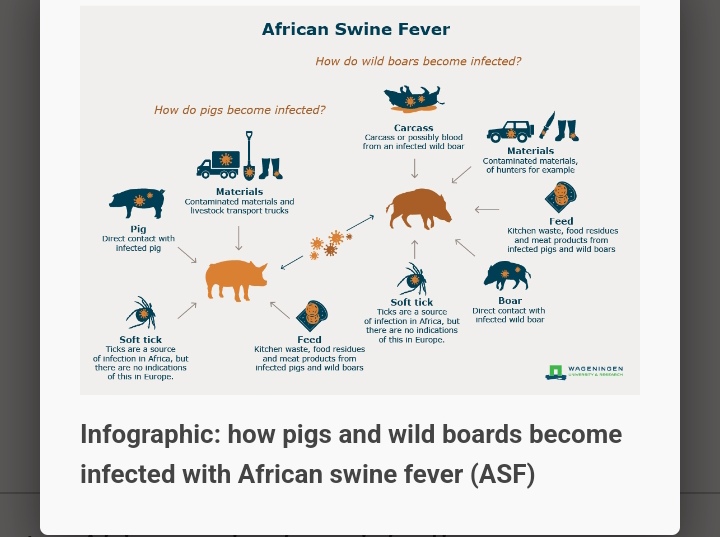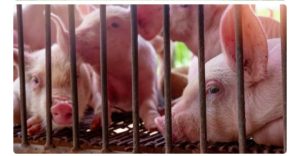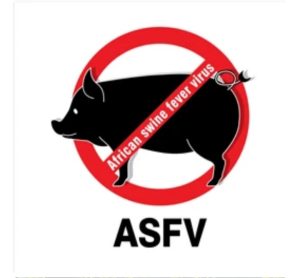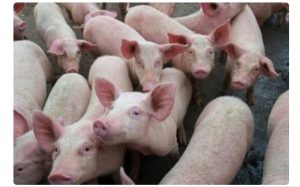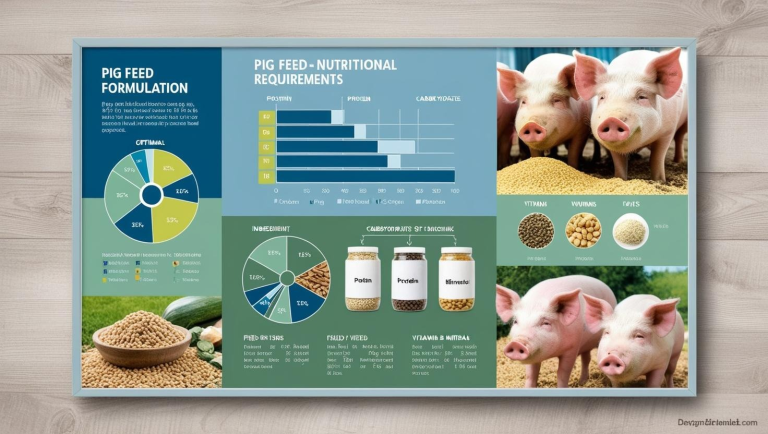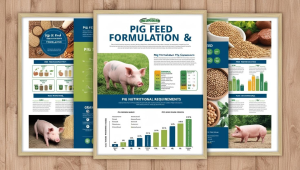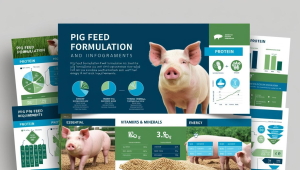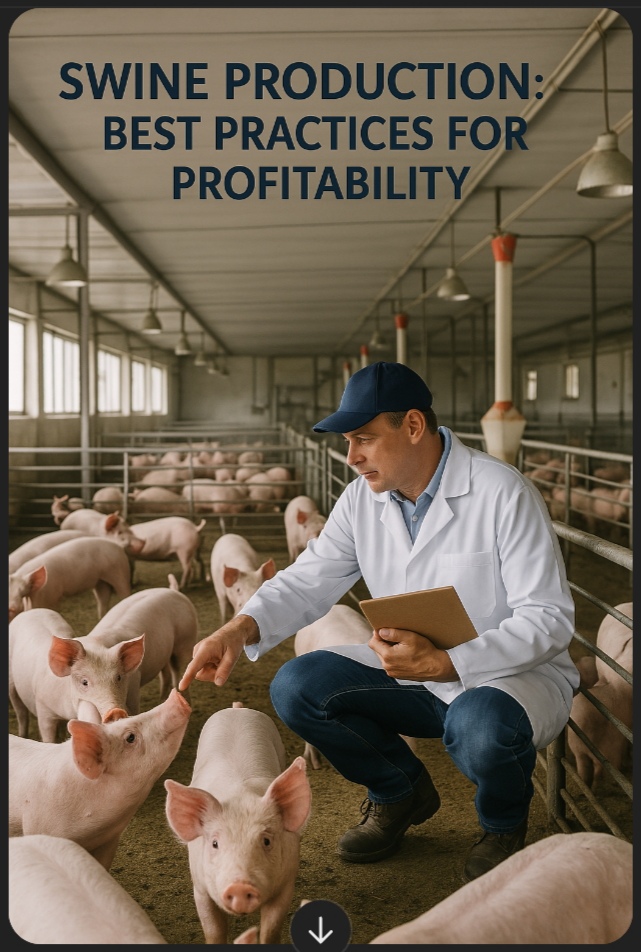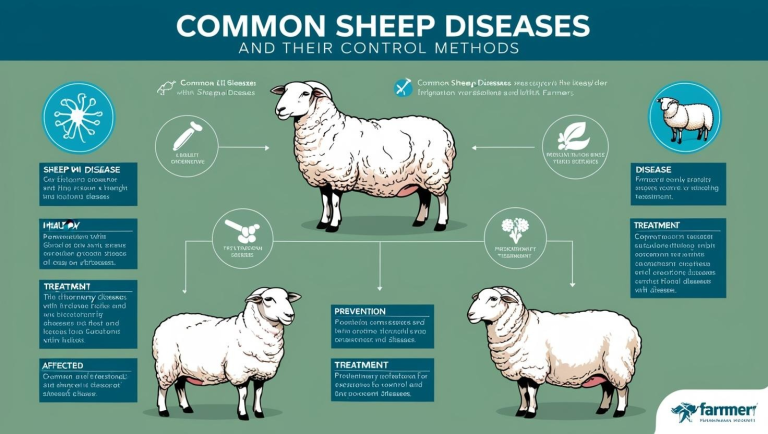Poultry farming is a vital agricultural sector that provides meat and eggs to millions of people worldwide. Over the years, different rearing systems have been developed to improve production efficiency, enhance animal welfare, and meet consumer demands. Among these systems, free-range and cage systems are two of the most widely used methods in poultry farming. Each system has its own advantages, disadvantages, and impact on bird welfare, productivity, and farm profitability.
This article provides an in-depth comparison of the free-range and cage systems in poultry farming, evaluating their effects on production, bird health, environmental impact, and economic viability.
Click HERE to join our WhatsApp group
Overview of Poultry Rearing Systems
a) Free-Range System
The free-range system allows birds to roam freely in open spaces, where they have access to outdoor areas, natural foraging, and fresh air. Birds are not confined to cages but may have access to housing structures for shelter and protection from predators and harsh weather.
Key Features of Free-Range Farming:
Birds have access to open spaces during the day.
They engage in natural behaviors like pecking, scratching, and dust-bathing.
Diet consists of commercial feed and natural forages (grass, insects, and seeds).
Birds return to a coop or shelter at night.
Requires more land compared to cage systems.
READ ALSO: Fermented Feeds and Their Benefits in Animal Nutrition
b) Cage System
The cage system, also known as battery cage farming, involves keeping birds in individual or group cages within a controlled environment. This method is primarily used for egg production and maximizes space efficiency.
Key Features of the Cage System:
Birds are confined in cages, preventing free movement.
Feeding, watering, and waste management are automated.
Space is optimized for high-density production.
Reduces bird-to-bird aggression and injuries.
Higher productivity due to controlled conditions.
Comparison of Free-Range and Cage Systems
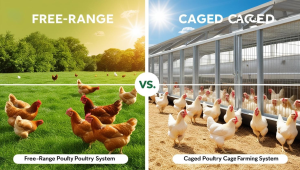
a) Animal Welfare and Bird Health
Animal welfare is a major consideration in poultry farming, influencing consumer preferences and regulatory policies.
Free-Range System:
✅ Birds have freedom to move and express natural behaviors. ✅ Lower stress levels due to open space and natural foraging. ❌ Higher risk of predation from wild animals and birds of prey. ❌ Increased exposure to diseases from the environment.
Cage System:
✅ Reduced risk of predation and environmental hazards. ✅ Birds are protected from harsh weather conditions. ❌ Restricted movement, leading to stress and behavioral issues. ❌ Higher risk of bone weakness due to lack of exercise.
READ ALSO: Goat Farming for Meat and Milk Production
b) Egg and Meat Production Efficiency
Production efficiency varies significantly between the two systems.
Free-Range System:
✅ Eggs are often preferred by consumers due to better yolk color and taste. ✅ Meat has a firmer texture due to birds’ increased activity. ❌ Egg production may be inconsistent due to varied diet and environmental stress. ❌ Birds use more energy roaming, leading to slower weight gain.
Cage System:
✅ Higher egg production due to controlled feeding and lighting. ✅ Lower feed conversion ratio (FCR), meaning better feed efficiency. ❌ Eggs may have thinner shells due to reduced calcium absorption. ❌ Lower meat quality due to lack of movement.
c) Feed Efficiency and Cost Considerations
Feed is the largest cost in poultry farming, making efficiency a critical factor.
Free-Range System:
✅ Birds supplement their diet with insects, grass, and seeds, reducing feed costs. ❌ More energy expenditure requires additional feeding for optimal production. ❌ Difficult to monitor feed intake, leading to nutritional imbalances.
Cage System:
✅ Feed intake is precisely controlled, reducing wastage. ✅ Birds require less energy, leading to lower feed costs per egg or kg of meat. ❌ Dependency on commercial feed increases production expenses.
d) Disease Management and Biosecurity
Disease outbreaks can severely impact poultry farms, affecting production and profitability.
Free-Range System:
❌ Higher exposure to external pathogens from soil, wild birds, and rodents. ❌ Difficult to monitor individual bird health. ✅ Natural environment may boost immune function.
Cage System:
✅ Easier to manage disease outbreaks due to confined space. ✅ Reduced contact with external pathogens. ❌ Poor ventilation can lead to respiratory diseases. ❌ Higher risk of spreading diseases within cages due to close confinement.
e) Environmental Impact
Poultry farming impacts the environment in terms of waste management, land use, and emissions.
Free-Range System:
✅ Waste is naturally distributed, reducing buildup in one location. ✅ Less energy consumption due to reliance on natural daylight. ❌ Requires more land, leading to deforestation in some cases. ❌ Soil degradation and water contamination from bird droppings.
Cage System:
✅ Efficient use of space, reducing land requirements. ✅ Easier waste collection and management. ❌ High ammonia buildup in enclosed spaces can contribute to air pollution. ❌ Increased reliance on artificial lighting and ventilation systems.
Consumer Preferences and Market Trends
Consumer demand for ethical and sustainable food production has influenced poultry farming choices.
Free-Range Products: Gaining popularity due to perceptions of higher quality, ethical animal treatment, and organic certification.
Caged Products: Still dominate in large-scale production due to cost efficiency and consistent supply.
Many countries are pushing for bans on battery cages, shifting towards enriched cages or free-range systems.
Economic Viability and Farm Profitability
Profitability depends on multiple factors, including market prices, production efficiency, and consumer demand.
Free-Range System:
Higher initial investment due to land and infrastructure needs.
Premium pricing for free-range eggs and meat compensates for lower production rates.
Higher labor costs due to manual management.
Cage System:
Lower land and labor costs.
Higher production efficiency results in lower costs per egg or kg of meat.
More cost-effective for large-scale commercial farming.
Future Trends in Poultry Farming
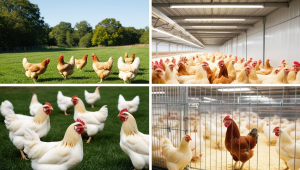
The poultry industry is evolving, with emerging trends influencing production systems:
Enriched Cages: A compromise between traditional cages and free-range systems, offering perches, nesting areas, and more space per bird.
Organic and Pasture-Raised Systems: Increasing consumer demand for organically fed, pasture-raised poultry.
Technology Integration: Smart farming solutions like automated feeding, climate control, and disease monitoring improve efficiency in both systems.
Regulatory Changes: More countries are introducing stricter animal welfare laws, leading to phase-outs of conventional battery cages.
Conclusion
Both the free-range and cage systems have their advantages and drawbacks, and the choice between them depends on farm goals, market demands, and ethical considerations.
Free-range farming offers better animal welfare and consumer appeal but requires more land and management.
Cage systems maximize production efficiency, reduce disease exposure, and lower costs but raise concerns about animal welfare.
Farmers must balance productivity, economic viability, and ethical farming when choosing a rearing system. The future of poultry farming will likely focus on sustainable, hybrid approaches that integrate the benefits of both systems to meet global food demands while ensuring ethical and environmentally friendly practices.
READ ALSO: Bovine Respiratory Disease: Causes and Management
Bovine Respiratory Disease (BRD), often referred to as “shipping fever,” is one of the most economically significant diseases in cattle farming. It affects the respiratory system, leading to poor weight gain, increased mortality, and reduced feed efficiency. BRD is a multifactorial disease influenced by infectious agents, environmental stressors, and management practices…
READ ALSO: Calcium and Other Nutrients for Egg-Laying Hens
Egg production is a nutrient-intensive process that requires a well-balanced diet to ensure optimal hen health and productivity. Among the various nutrients needed, calcium plays a critical role in eggshell formation, bone health, and overall well-being of laying hens. However, calcium alone is not sufficient—other essential nutrients, including proteins, vitamins, and minerals, must also be supplied to maintain peak egg production and prevent health complications…
Click HERE to join our WhatsApp group

